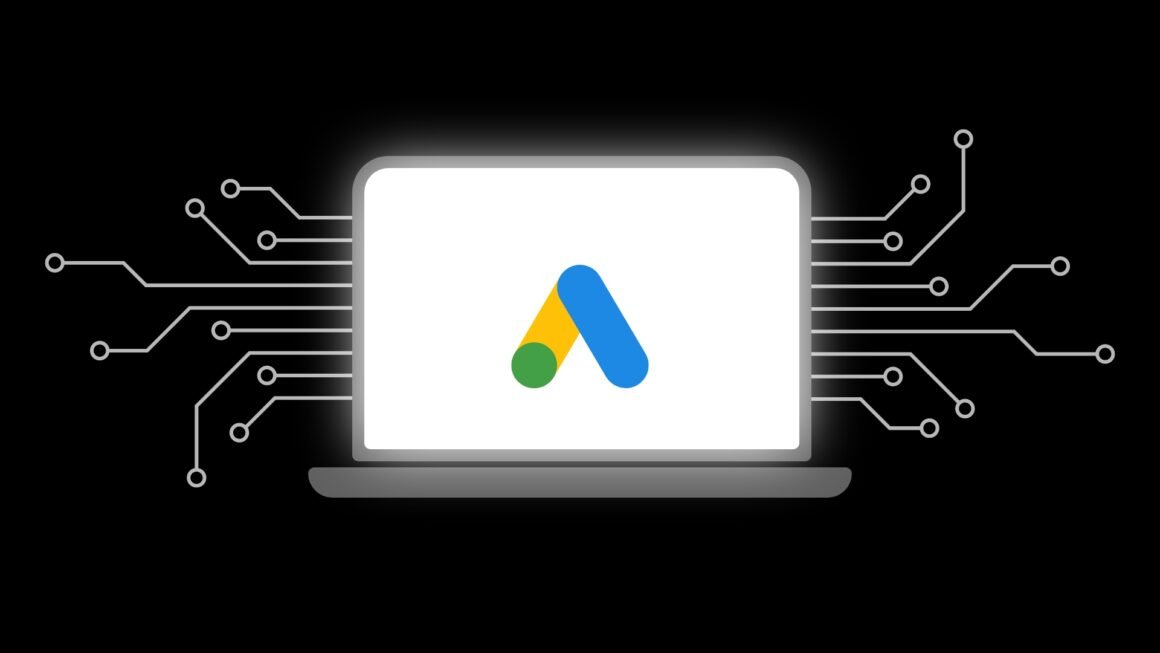In the digital marketing world, businesses often find themselves weighing their options between Google Ads and social media advertising. Both channels offer powerful tools to reach target audiences, but the key question remains: which platform delivers a better return on investment (ROI)? The answer isn’t always straightforward. Each has its strengths and is suited for different objectives, audiences, and stages of the buyer’s journey.
Whether you’re promoting a product, driving traffic to your website, or generating leads, choosing the right advertising channel can significantly impact your bottom line. Businesses aiming for precision, performance, and scalability often turn to expert-managed campaigns for clarity and effectiveness. Leveraging a professional Google Ads Service ensures your ad spend is optimized for maximum impact on the Google platform, while social media marketing demands a slightly different approach and creative focus.
Below, we’ll compare Google Ads and social media ads across key parameters to help you determine which one may deliver the best ROI for your business goals.
Audience Intent and Targeting
Google Ads:
Google Ads is built around user intent. When someone searches for a keyword like “best running shoes for beginners,” they are actively looking for a solution. This high level of intent means that Google Ads, especially through search campaigns, can deliver faster conversions because users are already in buying mode.
Social Media Ads:
Platforms like Facebook, Instagram, LinkedIn, and Twitter rely on interest-based targeting rather than intent. Users are not necessarily looking to buy—they’re browsing their feeds. That means social ads are better for brand awareness, engagement, and nurturing leads over time rather than immediate conversions.
Verdict:
If your goal is direct lead generation or purchase intent, Google Ads typically delivers stronger ROI.
Cost and Competition
Google Ads:
The cost-per-click (CPC) on Google Ads can be high in competitive industries such as legal, finance, or insurance. However, with proper keyword research and bidding strategies, campaigns can be optimized for efficiency.
Social Media Ads:
Social platforms often offer lower CPCs, especially for video views or engagement-based objectives. However, because of the lower intent, you may need more touchpoints or a longer sales cycle to see results.
Verdict:
Social media ads can be more cost-effective for top-of-funnel activities, but Google Ads often delivers better cost-per-conversion for bottom-of-funnel prospects.
Ad Formats and Creativity
Google Ads:
While search ads are text-based and highly functional, display and YouTube campaigns offer more creative flexibility. However, the platform is still more keyword- and data-driven than visual.
Social Media Ads:
Social media thrives on visuals. From carousel ads and stories to reels and influencer content, there’s a wide range of creative formats available to engage users emotionally and visually.
Verdict:
Social media ads offer more room for storytelling and creative expression, which is beneficial for brand building.
Tracking and Analytics
Google Ads:
Google Ads integrates tightly with Google Analytics, offering detailed conversion tracking, keyword performance data, and real-time analytics. You can track everything from click to final conversion with high accuracy.
Social Media Ads:
While platforms like Facebook Business Manager provide strong analytics, attribution can be less precise, especially in multi-touch journeys or when users switch between devices.
Verdict:
Google Ads provides more reliable and comprehensive data, particularly for tracking ROI across multiple channels.
Sales Funnel Integration
Google Ads:
Google Ads excels at reaching users at the bottom of the funnel. People searching for specific solutions are more likely to convert quickly.
Social Media Ads:
Social media is effective for top-of-funnel efforts, such as increasing awareness, building communities, and retargeting. It works best in nurturing leads gradually.
Verdict:
Google Ads is ideal for immediate conversions; social media ads are better for building and warming up audiences.
Industry Considerations
Some industries see better ROI on one platform over the other:
- E-commerce: Often thrives on both platforms, with Google Shopping and Instagram product ads complementing each other.
- B2B: Google Ads works well for targeting specific services, while LinkedIn Ads may outperform for networking and brand visibility.
- Local services: Google Ads typically offers better ROI due to localized intent (e.g., “plumber near me”).
Conclusion
Both Google Ads and social media advertising offer unique benefits and can deliver strong ROI when used strategically. The better platform for your business depends on your goals, industry, and customer behavior.
For direct response and high-intent searches, Google Ads Service often yields better and faster returns. Meanwhile, social media ads are powerful tools for brand engagement, community building, and long-term nurturing.
The best approach may not be choosing one over the other but understanding how each can complement your marketing strategy. By aligning platform strengths with specific campaign goals, businesses can build a well-rounded advertising mix that maximizes ROI across all touchpoints.

